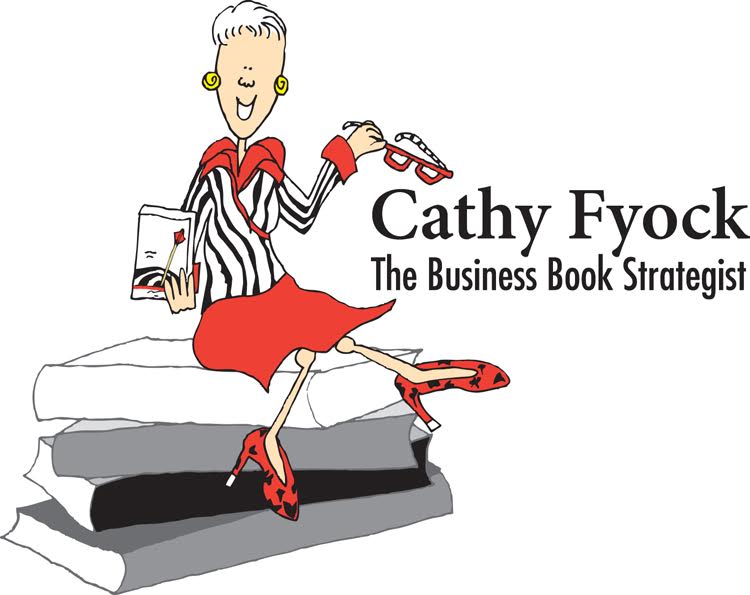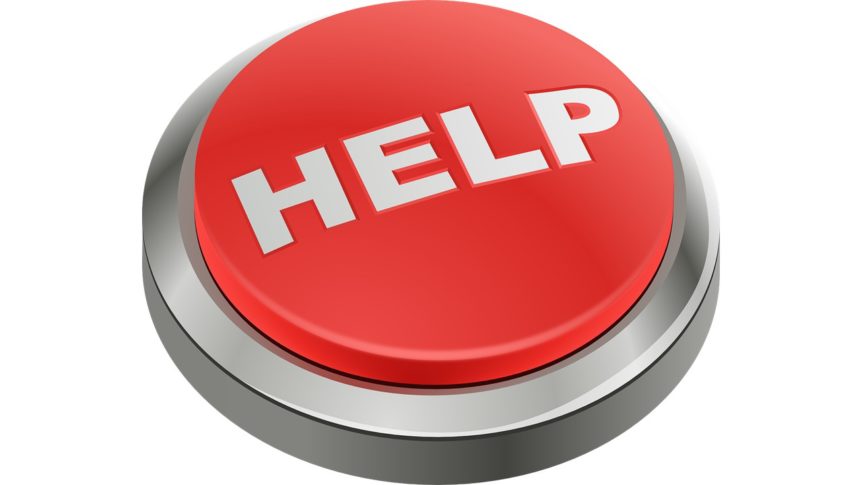“Cathy, I just did a presentation and it went really well. I’m concerned because someone from my session asked if they could use my content. What do I do?”
It’s the dilemma faced by most speakers, trainers, consultants, coaches, experts, and thought leaders who use their expertise in the course of their businesses. We want to be regarded as thought leaders, yet we also need to retain ownership of our Intellectual Property (IP).
As a thought-leader, you are paid for your IP. And you are only a thought-leader if others know what you think and follow you. So how do we walk the tightrope and socialize our ideas while retaining ownership of what is rightfully ours?
First, let me say this: this is a great problem to have! It means that what you’re doing is working. You are saying something at a meeting or conference that has people taking notice. When others want to capture your ideas and share it with others, it means that your ideas are “sticky.” People get you. You are saying something that others are gravitating toward. You are capturing ideas in a unique and creative way that hasn’t been said before.
So for starters, you need to know that you’re on the right path. Imitation is truly the sincerest form of flattery. But, if you want to make a living using your IP, you’ll need to protect your content AS you socialize it.
Here I’ve outlined some of the most common issues I’ve experienced when walking the IP tightrope.
When you submit an article or guest post. Be sure to include your byline EVERYTIME you submit content for publication. Your byline should be brief—one or two sentences at the most—and should summarize how you work with clients and how they can reach you. Here’s my sample byline:
Cathy Fyock is The Business Book Strategist, and works with professionals and thought leaders who want to write a book as a business development strategy. She can be reached at Cathy@CathyFyock.com or 502-445-6539.
DON’T tell your life story or try to include all your credentials since the publisher will likely not include it. Remember, the end goal is to have people reach out to you to engage you for your services after reading your article.
I also strongly suggest that you include a professional photo.
When you offer handouts. I’m a big believer in handouts that summarize your key points when you’re keynoting or leading a training session. ALWAYS include your contact information on the bottom of each page. I do this by using a footer with the copyright sign (©):
© 2017 Cathy Fyock, The Business Book Strategist, https://www.cathyfyock.com//, 502-445-6539.
This not only protects each page of your material, but also allows attendees who keep that one page of your material be able to find you later when they want to hire you.
In handouts that are more than one page front and back, use the back page to include a full bio of you with all your credentials, including your contact information.
When you use Power Point slides when speaking or training. Occasionally I’m asked by audience members if they can have my slide deck. Over the years I have had varying policies. Early on I just didn’t share the slide deck at all. That seemed a little extreme. More recently I’ve offered to share the PDF of the PowerPoint, which seems to meet the needs of most.
When someone wants to republish an article or post. Generally, I love this because I’m getting additional exposure for work I’ve already done. I will grant permission to use my material with proper attribution. I explain that includes using my byline in their publication (see above). If the publisher wants me to assign rights, I grant one-time permission to use my work (that allows me to continue to use it, and for others to also use it). If a publication wants “all publication rights” I generally ask for some remuneration, unless the publication has such cache that I know it will bring me business or give me valuable market exposure.
When someone wants to “share” your presentation with their chapter/company/association. This is tricky. Again, you want for your content to be socialized, but with proper attribution. And, you don’t want to miss out on sales that you might make from a possible presentation to this group. When I receive these types of requests, I might say something like: “Thanks so much. I’m so glad that this material resonated with you. While I love it when my ideas are shared, I’m wondering if it might be possible for me to do a presentation for your group.” Then, you should talk with the individual to determine next steps.
In the end, it comes down to one big question: how much of the “secret sauce” do you share? When I’m asked this by authors and aspiring authors, I share my personal philosophy, which is about abundance. I truly believe that the more you give away, the more that comes back to you. The more ideas I share with others, the more that seems to help potential clients see my value and the more business I book.
What are the ways in which you have balanced the need to socialize your IP with the need to protect your IP? Share your ideas at Cathy@CathyFyock.com.

